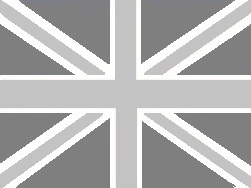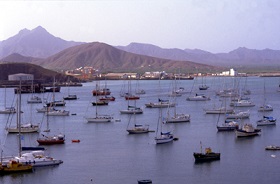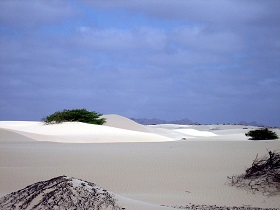Cape Verde
Imagine a holiday destination...
- Only 5 ½ hours from Europe
- With sunshine year round yet always pleasant temperatures
- As exotic as Africa and as western as Portugal
- Untouched by mass tourism
- With political stability and low crime rates
Imagine a place where you can be as active (water sports, culture, hiking, nightlife...) or as lazy (beach) as you want.
Imagine the perfect winter getaway. This is Cape Verde.
The archipelago consisting of ten main islands and various islets is situated in the Atlantic Ocean, some 550 km off the Western-most tip of Africa, the Cap-Vert ("green cape").
The islands are of volcanic origin and still show this fact to various degrees: rugged mountain landscapes, volcano craters, black sand beaches and even a still active volcano, aptly named Pico do Fogo "peak of fire", the archipelago's highest peak on the island of Fogo.
Discovered and colonised by the Portuguese in the 15th century, the independent Republic of Cape Verde was established in 1975. The capital Praia is located on the largest of the islands, Santiago.
Other than its location in the tropical waters of the Eastern Atlantic, Cape Verde cannot count with many resources. Consequently, a large proportion of the GDP is based on fishery and selling of fishing rights, among others to the EU. In recent years, tourism has developed into a solid income source. With now four international airports and numerous direct flights from the UK and Europe, Cape Verde is THE alternative to the overcrowded Canary islands and crisis-ridden Egypt.
The face of Cape Verde is as manifold as the number of islands. While Sal, Boa Vista and Maio, the easternmost islands, are relatively flat and dry and cater to beach and watersports lovers, the north-westerly islands of Santo Antão, São Vicente and São Nicolau fascinate hikers and aficionados of the famous Cape Verdean music.
The official language is Portuguese but the *real* Cape Verdean is Creole, a mix of Portuguese, French, English and African tribal slang. In more touristy areas English is widely spoken and understood.
 |













